Qi Baishi:Modern Master of China
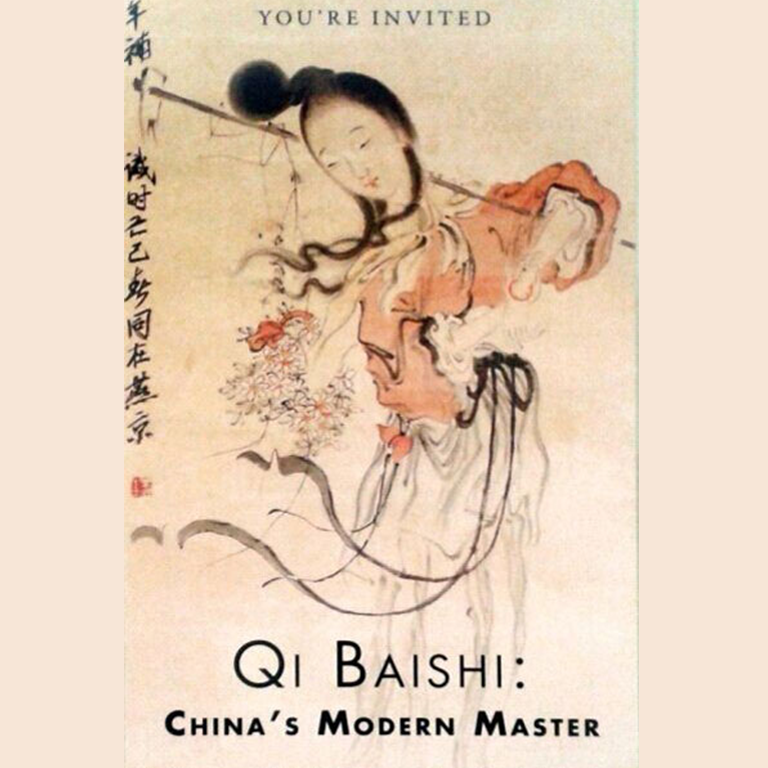
Introduction
Qi Baishi:Modern Master of China
Organizers:The Bowers Museum, California , the United States
The Hunan Museum, China
Time: April 11, 2015 — July11, 2015
Venue:The Bowers Museum, California, the United States
Jointly held by the Hunan Museum and the Bowers Museum,the exhibition- Qi Baishi:Modern Master of China was opened in the Bowers Museum, California on April 11, 2015 and closed on July11, 2015, which was the debut of Qi Baishi’s works in the United States.
After careful selection, 50 pieces (sets) of works of Qi Baishi were on display, which feature 42 ink and wash paintings from different periods ( the themes varying from figures, landscape to flowers and birds ) , 5 pieces of calligraphy works, 2 seals as well as 1 set of traditional wood doors with carving designs. Besides, The painting-Daiyu Burying the Flowers (the story comes from A Dream of Red Mansions, one of four Chinese classical literary masterpieces) was selected for the exhibition brochures and posters, intending to narrow the cultural distance between China and the United States and attract more locals.
As a master of Chinese traditional art, Qi Baishi reached exceptionally high level in Chinese wash painting, calligraphy, seal and poetry, distinguishing himself with endless ingenuity and creativity. His works, combining traditional culture with modern innovation, are indiscriminately admired by people around the world. The exhibition held in the United States present local people a grand cultural feast of Chinese contemporary art and promotes the exchanges between museums in China and the United States.
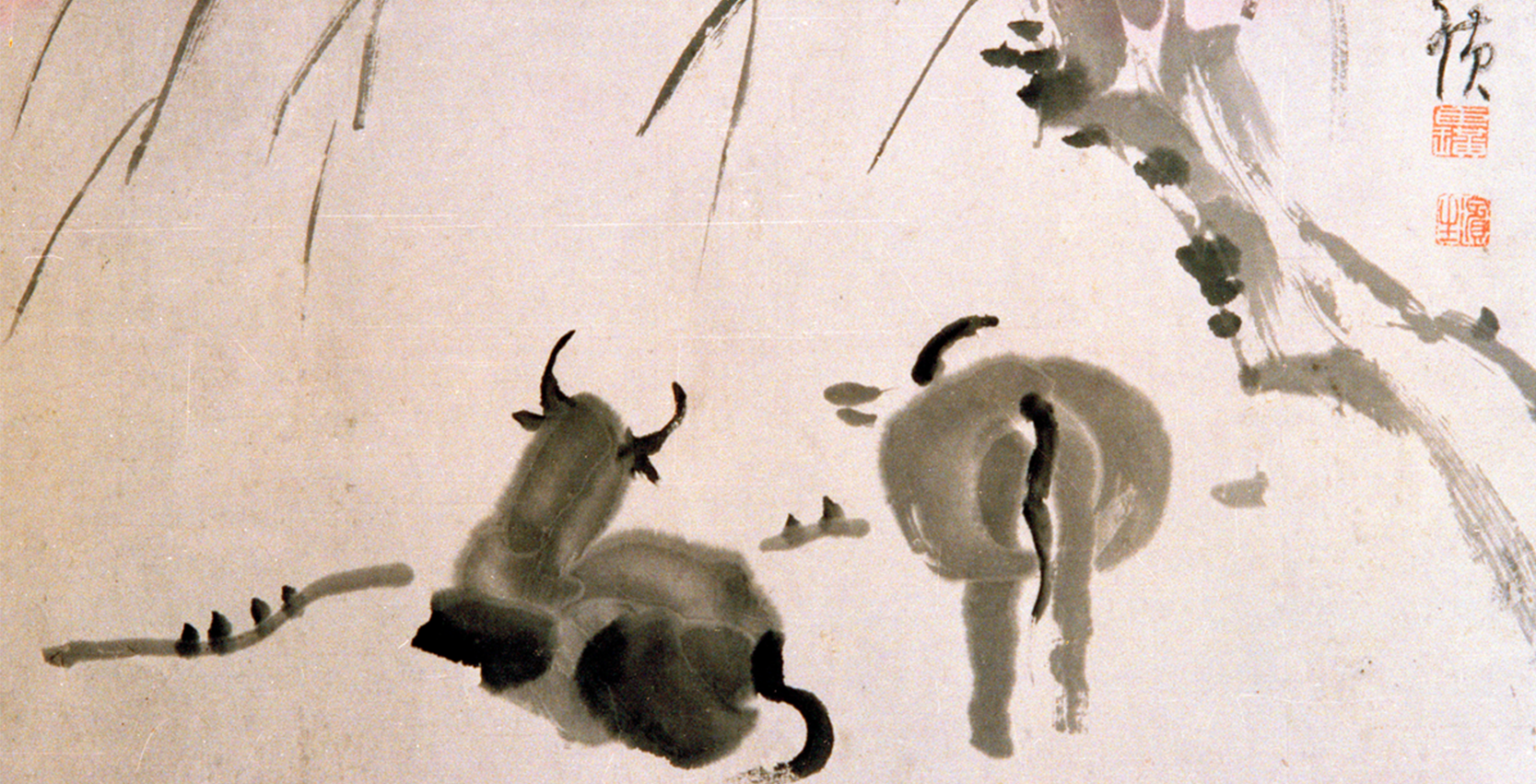
Highlights
-
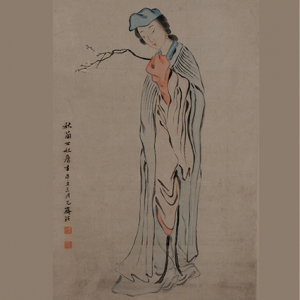
-
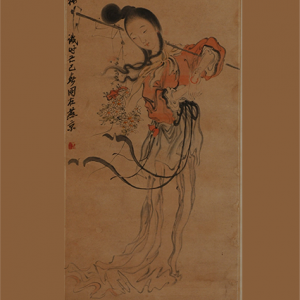
-
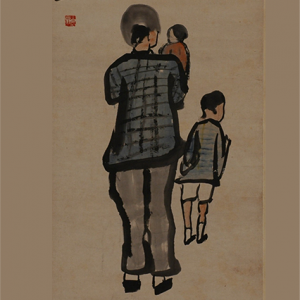
-
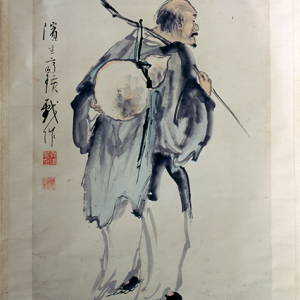
-
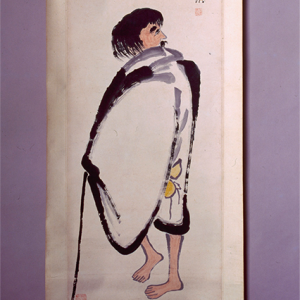
-
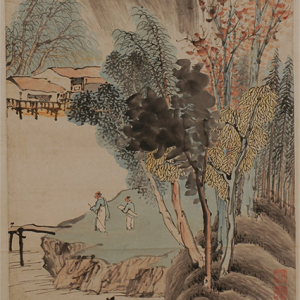
-
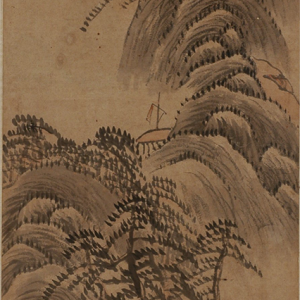
-
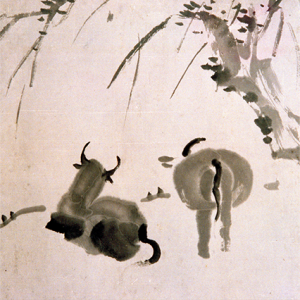
-
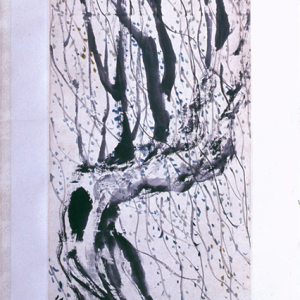
-
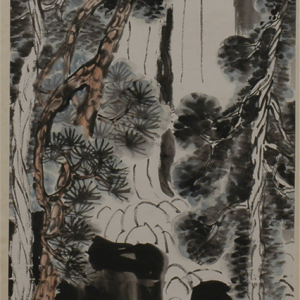
-
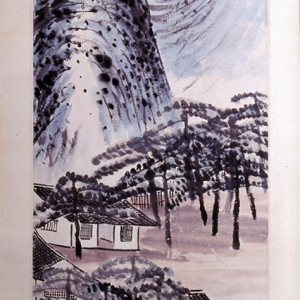
- 齐白石山水图轴See More
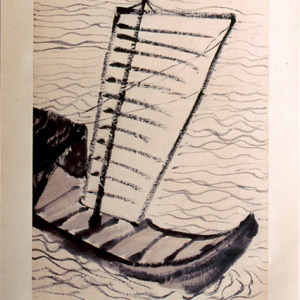
Artist introduction
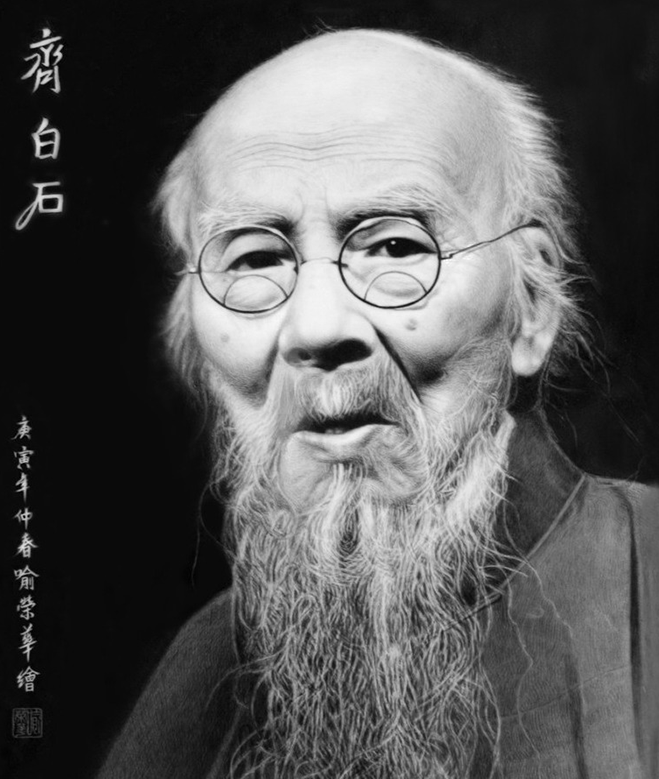
Qi Baishi
(January 1st,1864—September 16th,1957)
A great artist of modern China , established a world-level reputation with his excellent achievements in art. His ancestral home in Dangshan County, Suzhou City, Anhui Province and he was born in Xiangtan City, Hunan Province. His original name was Chun Zhi ( later changed into Huang), courtesy name Wei Qing (later Bin Sheng), pseudonym Lan Ting (which later underwent many changes such as Bai Shi, Bai Shi Shan Weng and Lao Ping ).
Qi was a carpenter in his early years and later earned his living by selling paintings. At the age of 57, he settled down in Beijing. Skillful at painting flowers, birds, insects, fish, landscapes and figures, he impressed the world with images that were remarkably lifelike. Featuring with solidness, smoothness, bright colors and vivid images, his works always lead people into a realm, which is simple in form yet profound in meaning.
For his calligraphy works, Qi excelled in Zhuan and Li (a Script of Seal and Clerical). whose strokes he learnt by studying characters of stone tablet in Qin and Han Dynasty. Besides, he was also well known for primitive cursive handwriting, unique seal as well as ingenious poetry. He was once an honorary professor in the Central Academy of Fine Arts and chairman of Chinese Artists Association etc, with representative works such as Frog Singing Songs, An Ink Painting of Shrimps and Poems of Baishi, Autobiography of Baishi.
The unique style, simplicity and profoundness contained in Qi’s works is a mirror of his unsophisticated and romantic soul, which in turn enhances the appeal of his art.



